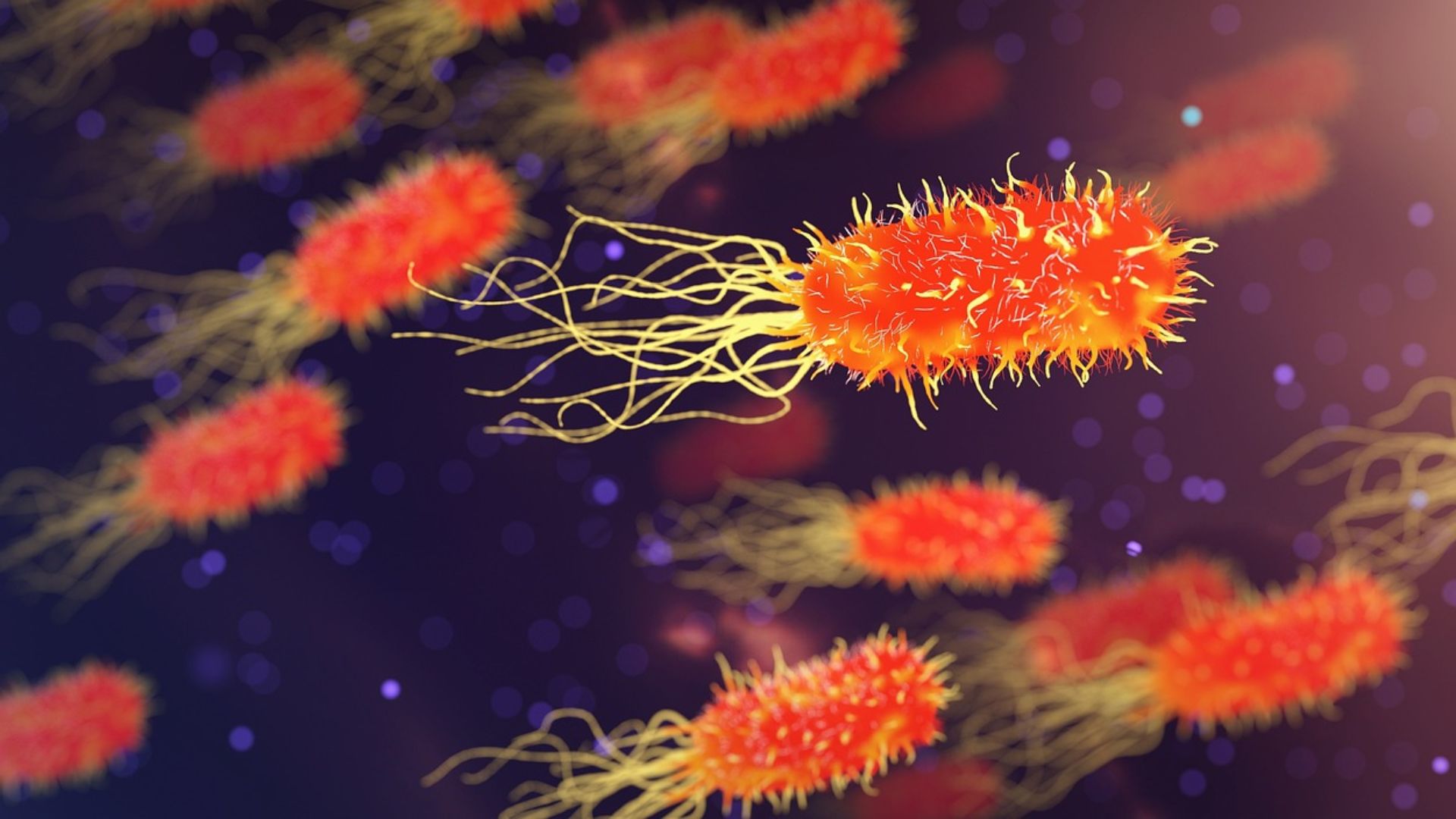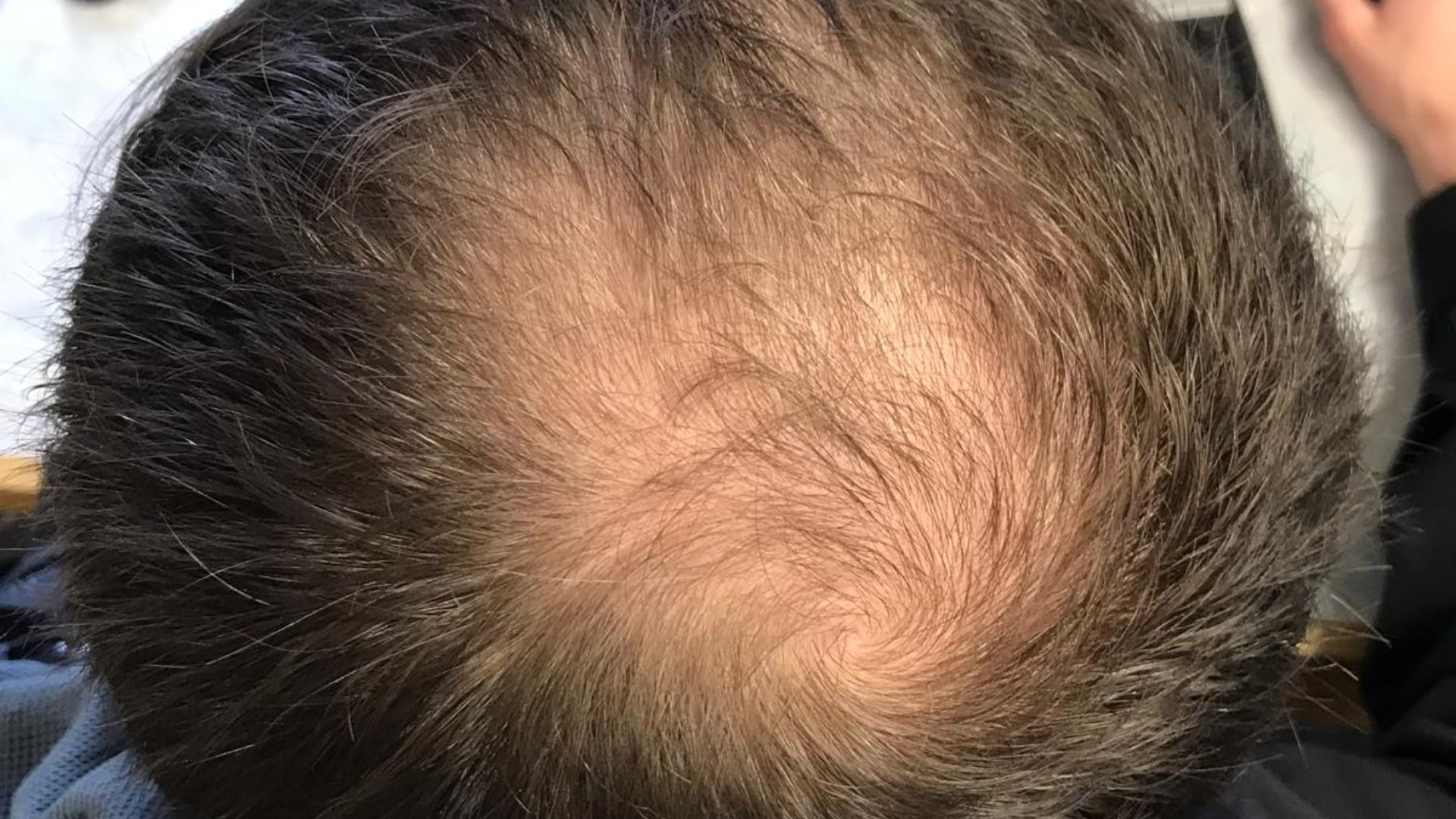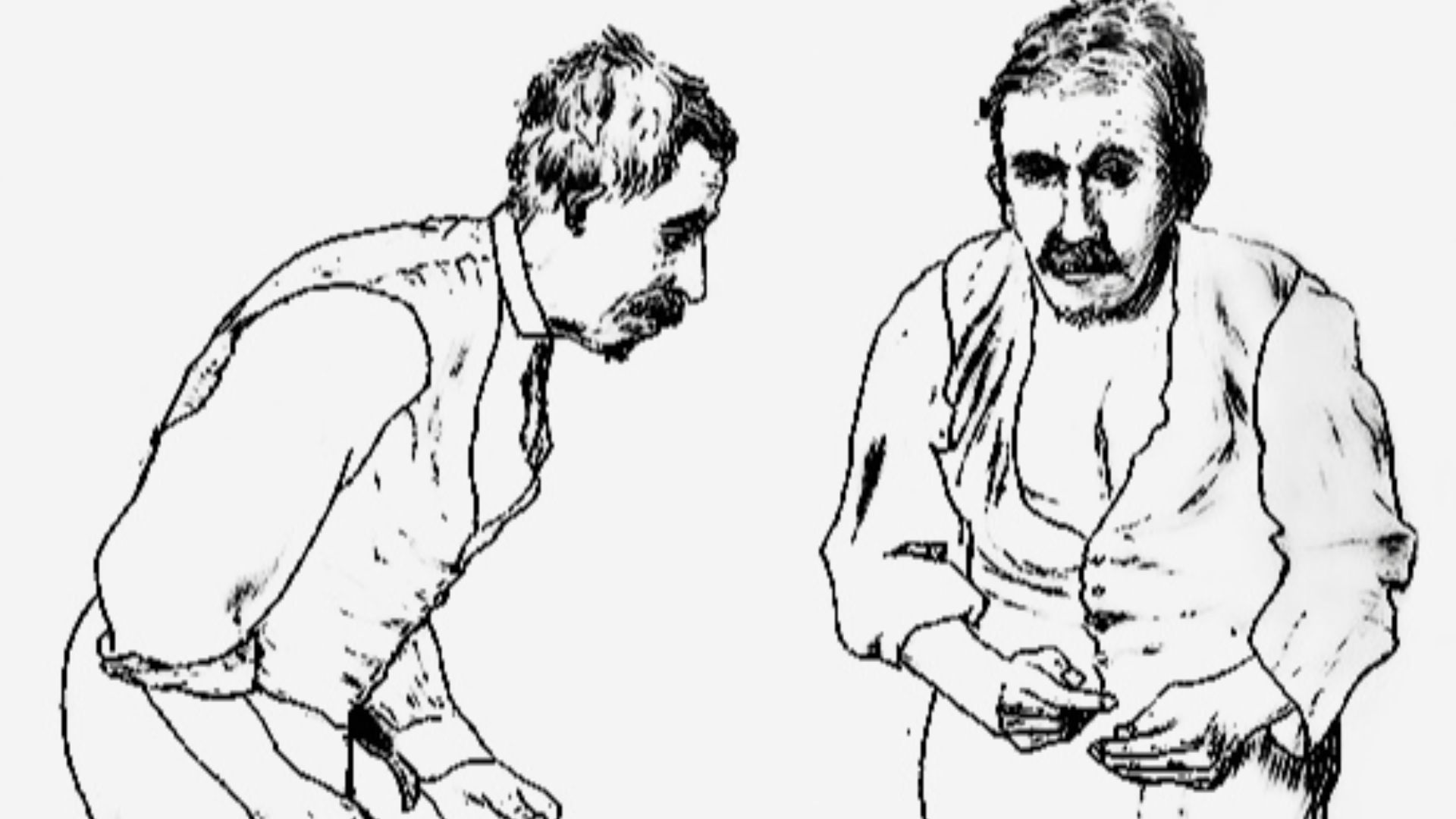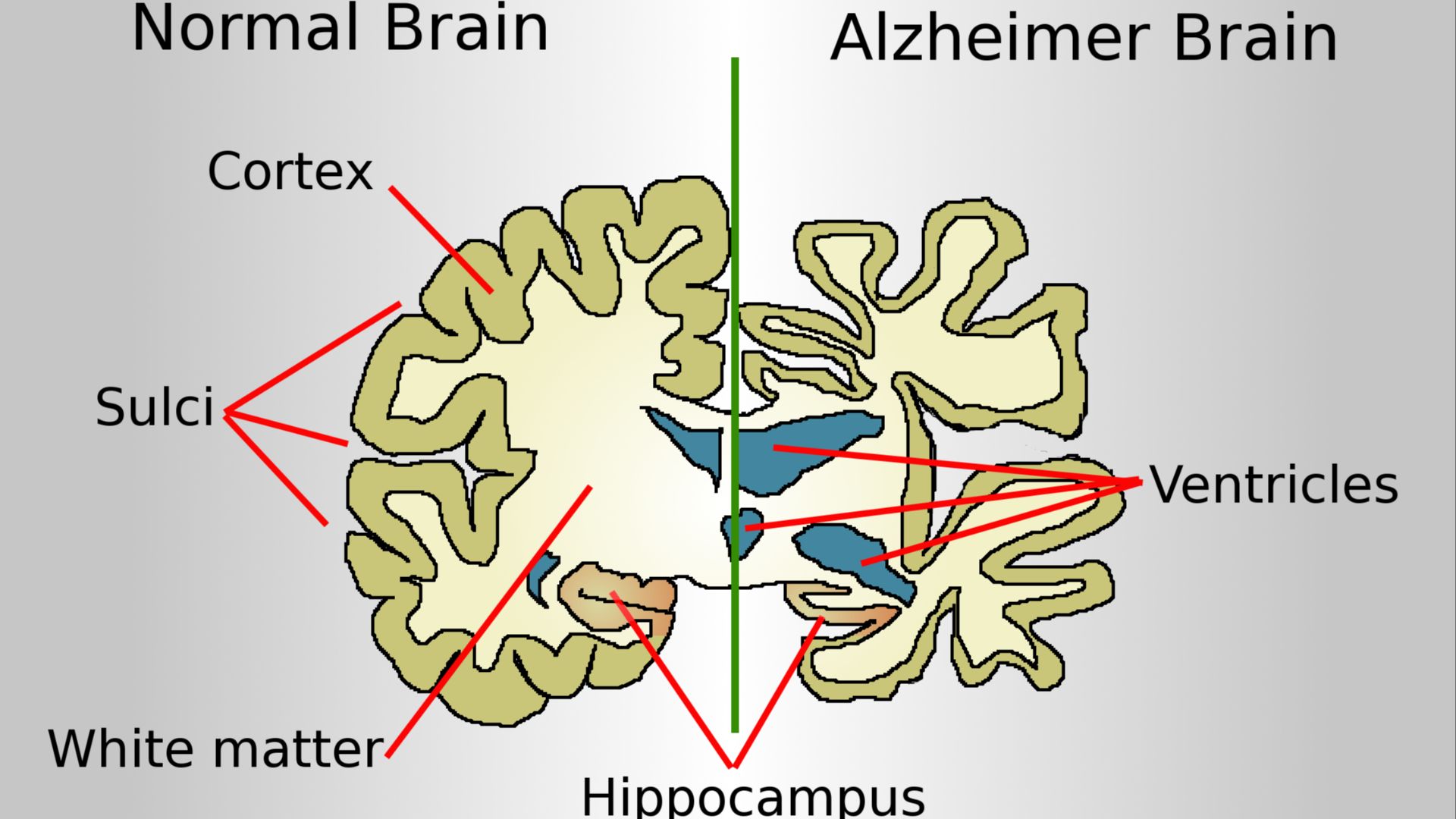How Can We Prevent Diseases Of Unknown Cause?
When we get sick, we want fast relief and answers to the cause! Unfortunately, even the smartest doctors in the world are still trying to figure things out. From bizarre dancing epidemics to common conditions like Parkinson's, here are 20 diseases even your doctor can't explain.
1. The Dancing Plague
Does "dancing plague" literally mean infectious dancing? It sure does! The Dancing Plague of 1518 is one of the most peculiar phenomenons that cannot be explained. Allegedly, the outbreak of rhythmic feet saw hundreds of people uncontrollably dancing for days straight, sadly causing people to become ill or fatal from exhaustion or heart attacks.
 Pieter Brueghel the Elder on Wikimedia
Pieter Brueghel the Elder on Wikimedia
2. Migraines
Migraines are extremely common yet doctors still can't explain why we get them. Migraines can be described as intense headaches, sometimes associated with light sensitivity, nausea, dizziness, and a disturbing aura. There are plenty of causal factors like environment and genetics, but no straight answers to explain the severe symptoms.
3. Nodding Disease
The nodding disease is named after its characteristics of a seizure that causes the patient to experience fits of head nodding. The first record of an outbreak was in Tanzania, effecting young children. The cause for the disease remains a mystery, but research shows it could be linked to a parasite.
4. Pattern Hair Loss
Theories suggest balding may run in the family, but it's still an ongoing study to why people lose their hair when there's no signs of illness.
A receding hairline or bald patch on the crown of the head is typical in male-pattern hair loss. Females may experience mysterious hair loss too, usually across the entire scalp.
5. Parkinson's Disease
Parkinson's disease is affecting many people worldwide and it's being heavily studied. It's a neurodegenerative disease that negatively affects the central nervous system, causing major motor issues, tremors, and behavioral problems. Improvements for treatment have evolved, but there's still a long way to go.
6. Narcolepsy
People who can't control when they fall asleep may be experiencing narcolepsy. Narcolepsy is a chronic neurological disorder with symptoms like severe daytime fatigue, hallucinations, and sleep paralysis. The bizarre sleep disease has no links to lifestyle and is still undergoing research.
7. Geographic Tongue
The descriptive name is clever but geographic tongue isn't a very pretty sight. The condition causes a white map-like shape to form on the tongue, changing its texture and forming lesions. There's still no explanation to the topographical tongues but suggestions say it could be hormonal or genetic.
8. Alzheimer's Disease
Alzheimer's disease is disrupting the lives of many across the world and doctors are still trying to figure out why. It's a disease that affects the brain, starting off slow then progressively worsening. Early symptoms usually involve impaired memory, causing the diagnosed person to forget recent events.
9. Hitchhiker's Thumb
These thumbs are pretty cool, even if you're not trying to snag a free ride across the country. There's nothing to worry about if you have a "hitchhiker's thumb" but it's still an unexplainable condition. Theses thumbs can easily bend backwards at a 90 degree angle, without any pain or injury.
10. Multiple Sclerosis
This disease is linked to the immune system but what causes multiple sclerosis in the first place is still unclear. Multiple sclerosis causes damage to the nerve cells in the brain that negatively affect the spinal chord. It causes mental and physical symptoms like muscle weakness, vision impairment, and loss of coordination.
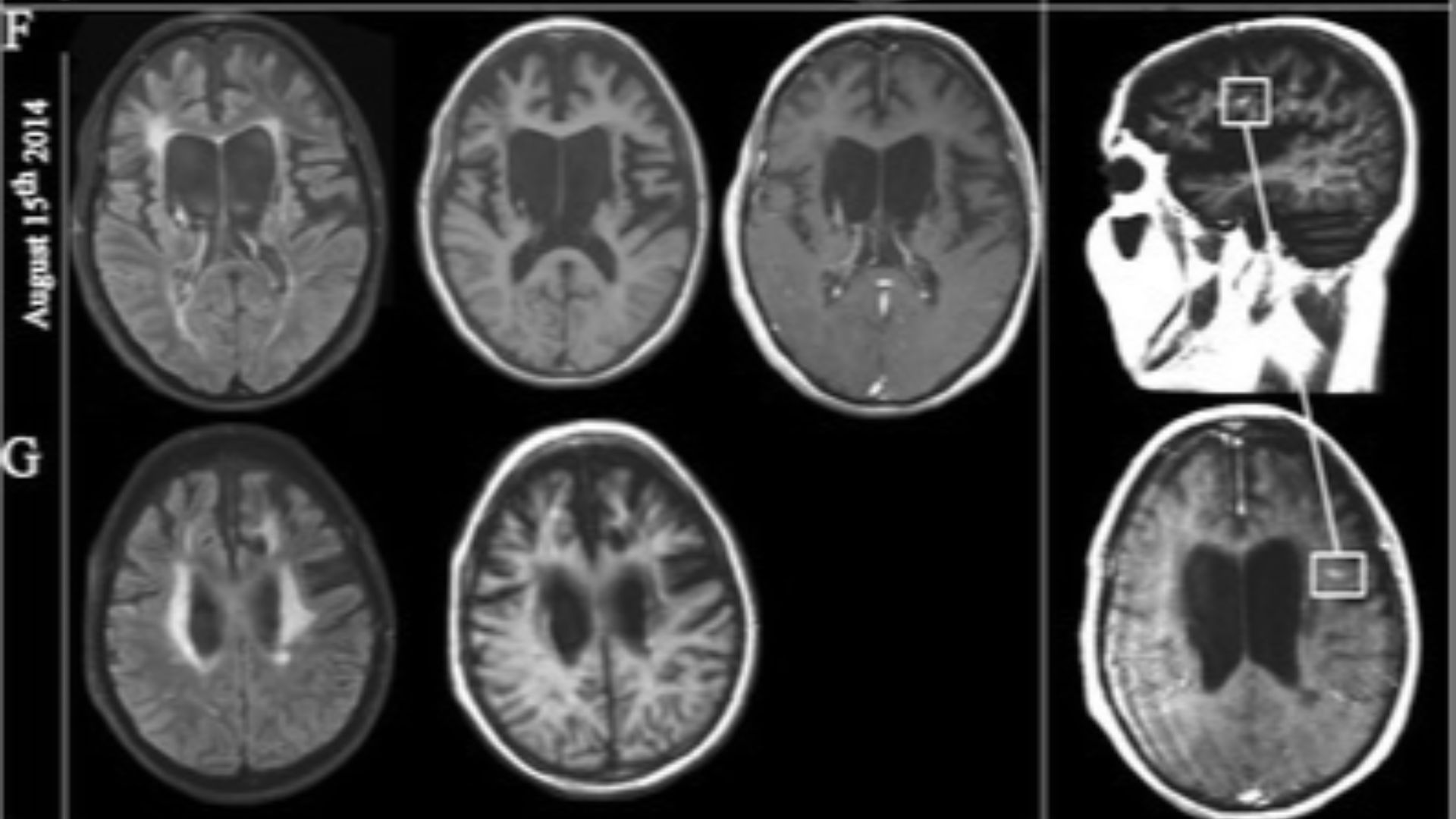 Yildiz Ö, Pul R, Raab P, Hartmann C, Skripuletz T, Stangel M on Wikimedia
Yildiz Ö, Pul R, Raab P, Hartmann C, Skripuletz T, Stangel M on Wikimedia
11. Sweating Sickness
To say that the sweating sickness was a very bad case of the sweats is an understatement. An outbreak of the contagious disease struck England in the late 1400s and its origin is unknown. The main symptom was sudden and severe sweating that was often fatal.
12. Tarantism
Tarantism defines a disease that caused hysterical behavior in people from Southern Italy in the 16th century. Ancient rumors suggest the body convulsions could've been caused by tarantula bites but there's no real evidence. Either way, a "tarantula dance" evolved from the odd disease, a type of folk dance performed in different regions in Italy.
13. Baby Colic
Babies are known to cry a lot but there's a diagnosis for those infants that just can't stop the tears.
Baby colic is defined when a seemingly healthy baby cries for more than 3 hours straight in a day, 3 days a week. Doctor's can't explain the cause of the nonstop crying that often keeps parents up all night.
14. Copenhagen Disease
Copenhagen disease is a very rare spinal disorder of unknown cause that affects young kids. It's been coined the "Copenhagen disease" because most cases were diagnosed at the Copenhagen University Hospital in the city. It's main symptoms are linked to difficulty walking, back pain, and body stiffness.
15. Cluster Headache
Like a migraine, people suffer from cluster headaches and we can't explain the cause. A cluster headache is recurrent pain on one side of the head near the eyes. Other unpleasant symptoms include nasal congestion or eye swelling.
16. Trichodynia
Trichodynia is also known as "scalp dysesthesia" and is an unexplainable skin condition that some say could be linked to anxiety or depression. The pain from this condition is often described as a burning sensation and may happen to people with highly sensitive nerves in their scalp.
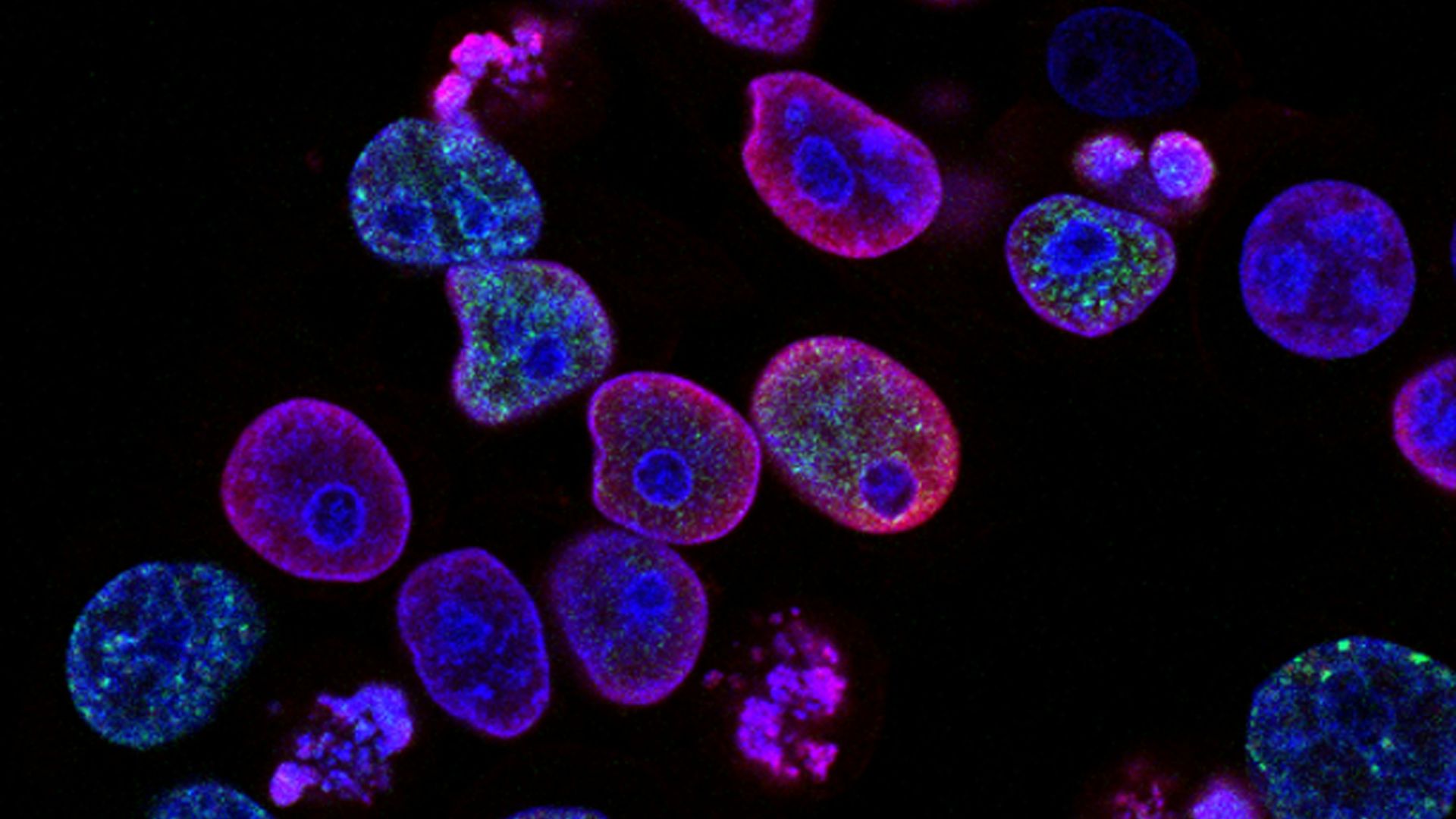 National Cancer Institute on Unsplash
National Cancer Institute on Unsplash
17. Plague of 664
It's believed that the Plague of 664 AD was the first ever recorded epidemic in history. It was a mysterious plague that hit Great Britain and Ireland causing widespread mortality. The outbreak began on the day of a solar eclipse which sparked many theories linked to faith and the cosmos.
 Internet Archive Book Images on Wikimedia
Internet Archive Book Images on Wikimedia
18. Wry Neck
Wry neck, also known as "torticollis", describes the condition well. It's a very painful condition characterized by an abnormal twisted neck position. Nobody understands what causes the uncontrollable neck twist but it often resolves itself in a few days.
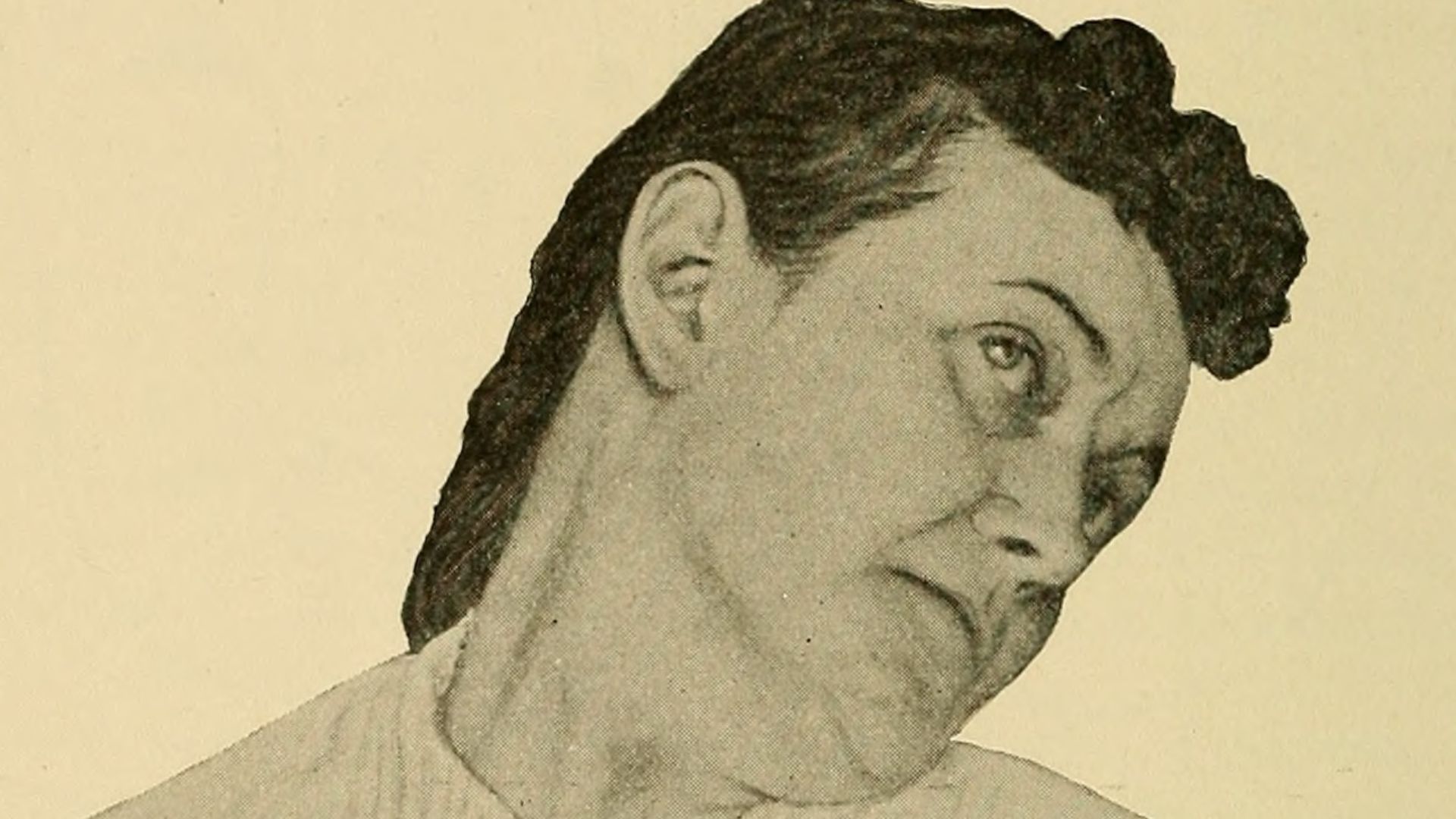 Alfred Loomis & William Thompson on Wikimedia
Alfred Loomis & William Thompson on Wikimedia
19. Kawasaki Disease
Kawasaki disease typically causes a week-long fever in kids under five years old. The affected areas have shown to be mainly in Japan and developed countries. Although its causes are unknown, its believed to be linked to poor immune response.
20. Trigger Finger
Trigger finger describes a condition where fingers lock up for a long period of time. Diabetes patients may be more at risk of trigger finger but its cause is a mystery. Often the stiff fingers go back to normal on their own, but in severe cases there is surgery.
KEEP ON READING

20 Natural Ways You Can Boost Your Immune System

20 Ways To De-stress & Relax After Work

The 10 Most Common Diseases & The 10 Most Rare





